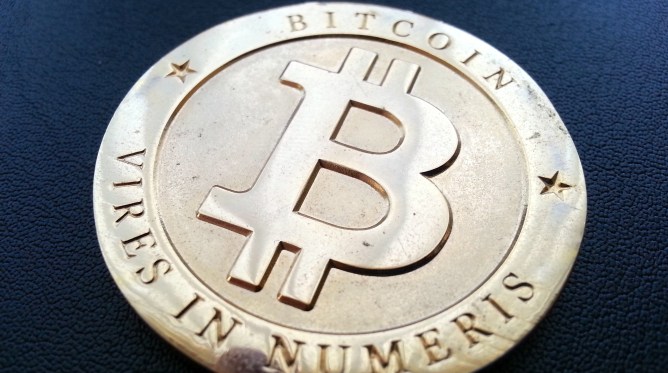Over the past couple of months, there have been a few notable rejections by Apple of Bitcoin apps that have generated significant attention. The latest development is the rejection of peer-to-peer messaging and payments app Gliph, which has sparked a lively debate about the motivations behind these decisions.
The Rejection: A Technicality or a Warning Sign?
In a recent blog post, Rob Banagale from Gliph highlights their own experience with Apple’s App Store review guidelines. According to Banagale, the rejection was based largely on section 22.1 of Apple’s guidelines, which states that "apps must comply with all applicable laws and regulations." The issue at hand is the app’s ability to facilitate Bitcoin transactions.
Banagale argues that Gliph has taken every necessary step to ensure compliance with all relevant laws and regulations. However, the company was still rejected by Apple, sparking questions about the motivations behind this decision.
The Gray Area: Where Does Apple Stand on Bitcoin?
Apple’s stance on Bitcoin is far from clear-cut. On one hand, the company has been vocal about its commitment to innovation and user experience. On the other hand, the rejection of apps like Gliph raises concerns that Apple may be using rule 22.1 as a thinly veiled excuse to restrict Bitcoin adoption.
Banagale suggests that Apple’s attitude towards Bitcoin is more about caution than a personal vendetta against cryptocurrency. He points out that the company allows gambling apps in places where it has been deemed "legal" by government entities, and proposes a similar system for Bitcoin transactions.
The Context: Why Now?
So why is Apple taking a harder stance on Bitcoin now? One possible explanation lies in the company’s recent experiences with regulatory issues. In 2014, Apple lost a high-profile court case related to e-book pricing. The subsequent installation of a government-appointed monitor has placed increased scrutiny on the company.
Banagale speculates that this heightened awareness may be contributing to Apple’s more cautious approach towards Bitcoin apps.
What Does This Mean for Developers?
For developers looking to include core transaction elements in their apps, Banagale advises caution. The rejection of Gliph and Coinbase sets a precedent for others to follow.
However, there is hope. Banagale suggests that a similar system could be implemented for Bitcoin transactions, allowing apps to use geo-fencing to restrict activities to regions where it has been deemed "legal" by government entities.
Conclusion: A Call to Action
The rejection of Gliph and Coinbase by Apple raises important questions about the company’s stance on Bitcoin. While some see this as a thinly veiled attempt to restrict cryptocurrency adoption, others believe that Apple is simply exercising caution in an uncertain regulatory environment.
Whatever the motivations behind these decisions, one thing is clear: developers must be prepared for a more cautious approach from Apple when it comes to Bitcoin apps. By understanding the rules and regulations surrounding these transactions, developers can navigate this gray area and create innovative solutions that benefit users while remaining compliant with applicable laws and regulations.
Disclosure: Author owns a small amount of Bitcoin.
Related Posts:
This article is part of TechCrunch’s Media & Entertainment section.




